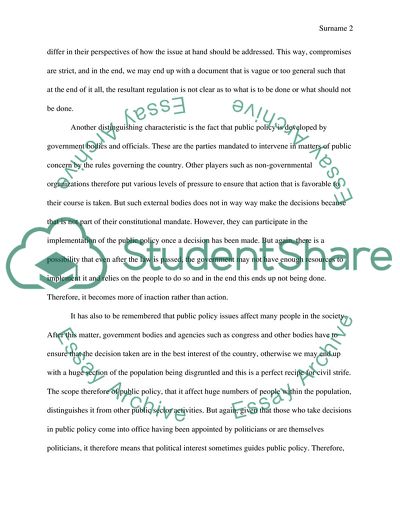Cite this document
(“Theories of Public Policy Book Report/Review Example | Topics and Well Written Essays - 5000 words”, n.d.)
Theories of Public Policy Book Report/Review Example | Topics and Well Written Essays - 5000 words. Retrieved from https://studentshare.org/politics/1871422-public-policy-agenda
Theories of Public Policy Book Report/Review Example | Topics and Well Written Essays - 5000 words. Retrieved from https://studentshare.org/politics/1871422-public-policy-agenda
(Theories of Public Policy Book Report/Review Example | Topics and Well Written Essays - 5000 Words)
Theories of Public Policy Book Report/Review Example | Topics and Well Written Essays - 5000 Words. https://studentshare.org/politics/1871422-public-policy-agenda.
Theories of Public Policy Book Report/Review Example | Topics and Well Written Essays - 5000 Words. https://studentshare.org/politics/1871422-public-policy-agenda.
“Theories of Public Policy Book Report/Review Example | Topics and Well Written Essays - 5000 Words”, n.d. https://studentshare.org/politics/1871422-public-policy-agenda.


